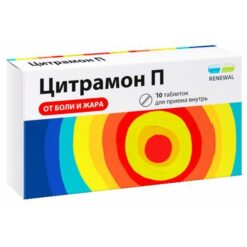-
×


-
×


-
×


-
×


-
×


-
×


-
×


-
×


Subtotal: €351.88









